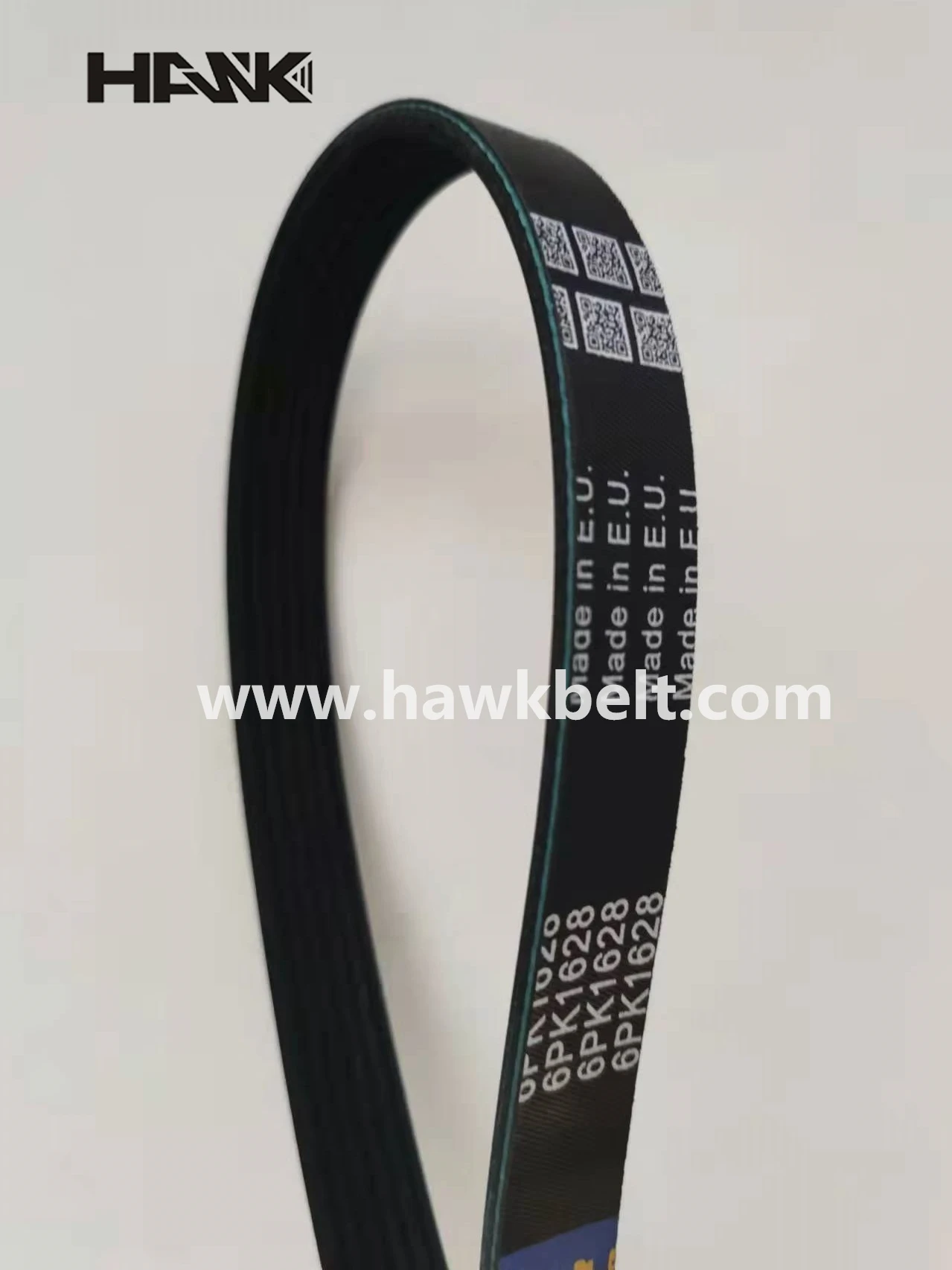- Arabic
- French
- Russian
- Spanish
- Portuguese
- Turkish
- Armenian
- English
- Albanian
- Amharic
- Azerbaijani
- Basque
- Belarusian
- Bengali
- Bosnian
- Bulgarian
- Catalan
- Cebuano
- Corsican
- Croatian
- Czech
- Danish
- Dutch
- Afrikaans
- Esperanto
- Estonian
- Finnish
- Frisian
- Galician
- Georgian
- German
- Greek
- Gujarati
- Haitian Creole
- hausa
- hawaiian
- Hebrew
- Hindi
- Miao
- Hungarian
- Icelandic
- igbo
- Indonesian
- irish
- Italian
- Japanese
- Javanese
- Kannada
- kazakh
- Khmer
- Rwandese
- Korean
- Kurdish
- Kyrgyz
- Lao
- Latin
- Latvian
- Lithuanian
- Luxembourgish
- Macedonian
- Malgashi
- Malay
- Malayalam
- Maltese
- Maori
- Marathi
- Mongolian
- Myanmar
- Nepali
- Norwegian
- Norwegian
- Occitan
- Pashto
- Persian
- Polish
- Punjabi
- Romanian
- Samoan
- Scottish Gaelic
- Serbian
- Sesotho
- Shona
- Sindhi
- Sinhala
- Slovak
- Slovenian
- Somali
- Sundanese
- Swahili
- Swedish
- Tagalog
- Tajik
- Tamil
- Tatar
- Telugu
- Thai
- Turkmen
- Ukrainian
- Urdu
- Uighur
- Uzbek
- Vietnamese
- Welsh
- Bantu
- Yiddish
- Yoruba
- Zulu
Dec . 04, 2024 10:25 Back to list
Understanding the Importance of Flat Timing Belts in Engine Performance and Efficiency
Understanding Flat Timing Belts An Overview
Flat timing belts are an essential component in various mechanical systems, serving as a crucial link in the power transmission between different parts of machinery. Their significance spans across numerous industries, including automotive, manufacturing, and automation. This article aims to explore the concept of flat timing belts, their construction, applications, advantages, and maintenance tips.
What is a Flat Timing Belt?
A flat timing belt is a type of belt that is designed to synchronize the rotation of two or more shafts while preventing slippage. Unlike traditional V-belts or round belts, flat timing belts have a flat structure, which allows for a more precise fit against pulleys and gears. This flat design supports effective power transmission and timing, making them ideal for applications where precision is critical.
Construction of Flat Timing Belts
Flat timing belts are usually made from high-strength elastomers reinforced with various materials, such as fiberglass or polyester. The belt’s surface often exhibits a tooth-like profile or grooves which help maintain a better grip on the pulleys. The material used in their construction affects durability, flexibility, and temperature resilience. Manufacturers also customize the belts with varying widths, lengths, and tooth profiles, ensuring a perfect fit for specific applications.
Applications of Flat Timing Belts
Flat timing belts find their application in a broad range of machinery and equipment
. In the automotive industry, they are used for synchronizing the camshaft and crankshaft, ensuring that the engine's timing remains accurate for optimal performance. In manufacturing and assembly lines, flat timing belts drive conveyor belts and other automated systems, contributing to efficient production processes.Outside of the automotive and industrial sectors, flat timing belts have roles in robotics and CNC machines, where precise movement and timing are crucial. Their application can also be seen in various consumer products that require synchronized movements, such as printers and washing machines.
Advantages of Flat Timing Belts
One significant advantage of flat timing belts is their low maintenance requirement compared to chain-driven systems. They do not necessitate lubrication, which not only saves time but also minimizes the mess associated with oil or grease. Moreover, flat timing belts operate quietly and smoothly, reducing noise in applications where sound levels need to be controlled.
flat timing belt

Another key benefit is their ability to accommodate high-speed applications due to their lightweight nature. This characteristic enhances machine efficiency while reducing energy consumption. Additionally, they provide excellent grip under varying load conditions, contributing to reliability over time.
Maintenance of Flat Timing Belts
To ensure the longevity and performance of flat timing belts, regular maintenance is essential. Here are some tips to keep them functioning optimally
1. Routine Inspections Regularly check the belt for wear, damage, or fraying. Early detection of problems can prevent breakdowns and costly repairs.
2. Proper Alignment Ensure that pulleys are properly aligned. Misalignment can cause uneven wear and lead to premature failure of the belt.
3. Tension Checks Monitor the belt's tension; too loose or too tight can affect performance. Refer to manufacturer specifications for proper tension levels.
4. Environment Considerations Keep the belts away from heat sources and harsh chemicals, which can degrade the material.
5. Replacement Schedule Adhere to a replacement schedule based on the manufacturer's recommendations or observed wear patterns to avoid unexpected downtimes.
Conclusion
Flat timing belts play a pivotal role in ensuring the effective operation of various mechanical systems. Their design allows for precision and efficiency, making them indispensable in many industries. By understanding their construction, applications, advantages, and maintenance requirements, engineers, and technicians can maximize their performance and lifespan, contributing to improved productivity and reduced operational costs. Whether in automotive engines or automated production lines, flat timing belts continue to be a fundamental element of modern machinery.
-
Precision Double-Sided Toothed Endless Flat Drive Belts
NewsAug.09,2025
-
Durable Tooth Belts: Precision Power for Poly V Belt Drives
NewsAug.08,2025
-
Reliable Diesel Engine Belts & Tensioners for Optimal Performance
NewsAug.07,2025
-
23100-KVB-901 Drive Belt for Honda VARIO | OEM Performance
NewsAug.06,2025
-
Variable Belt Drive AI Optimized for Efficiency
NewsAug.05,2025
-
High-Quality Tensioner Belt Pulley - Durable & Efficient
NewsAug.03,2025

